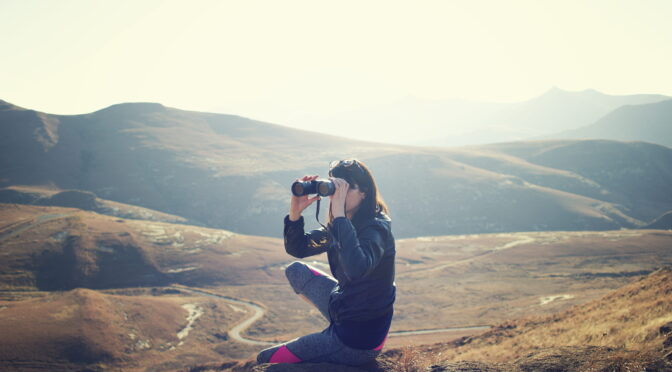-

Workload mapping part 3: concurrency and activity makeup
In this series of posts, we’ve been looking at student workload mapping. This final post looks at the other neat things we can do once we’ve mapped out a module. Our example student, Alex, has had their workload smoothed out in the previous posts. Now that we’re sure the volume of learning and teaching for…
-

Workload mapping part 2: mapping in learning design
In this series of posts, we’re looking at student workload mapping. This second post explains how we monitor workload during module design, and where we might make recommendations to authors. Overall workload for a module is agreed right at the beginning of learning design, with set times to aim for based on the level of study,…
-

Workload mapping part 1: The student perspective
In this series of three posts, we’ll be looking at student workload mapping. This first post explains why planning is so important from a student perspective – and some of the thinking behind it. Alex is studying a 60 credit Level 1 module. Curriculum guidance suggest this should involve around 20 hours of study per week,…
-

Our time at Bett 2019, Education Technology event.
The Bett 2019 Education Technology event has come and gone, and 2 intrepid Open University explorers decided to brave the cavernous space of the Excel and see what it had to offer. Mark’s account The day started with joining the bustle of thousands of expectant educators looking to transform their student experience and hopefully their…
